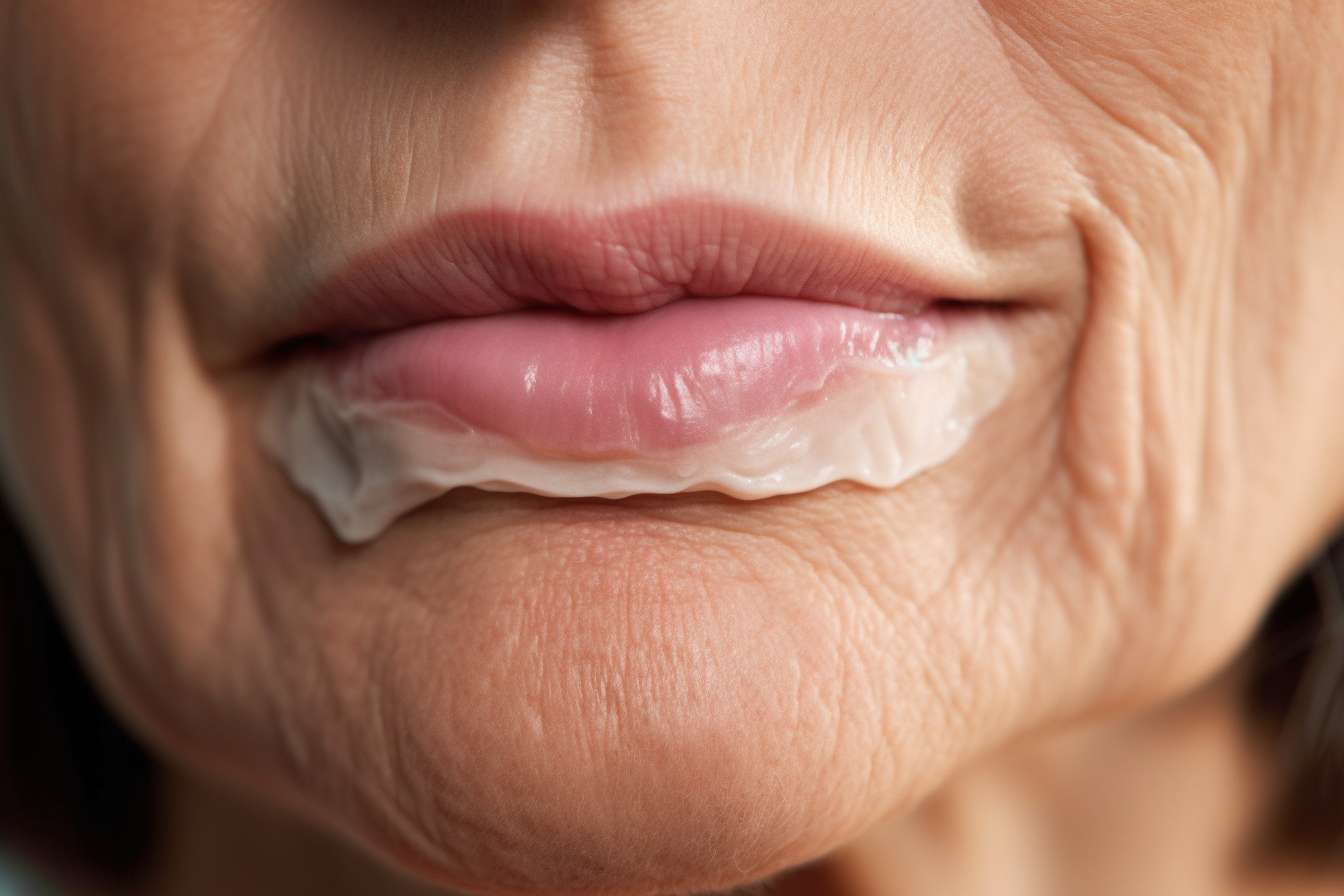Understanding the Factors Affecting Skin Pigmentation and Even Tone
Achieving an even skin tone is a common goal for many, but understanding the factors that affect skin pigmentation can be complex. From genetics to environmental influences, various elements play a role in how our skin looks and feels. In this article, we'll delve into the science behind skin pigmentation, explore common causes of uneven skin tone, and offer insights into maintaining healthy, radiant skin.

What Is the Science Behind Skin Pigmentation?
The science behind skin pigmentation centers on melanin, a natural pigment produced by specialized cells called melanocytes. These cells are located in the basal layer of the epidermis and produce two main types of melanin: eumelanin, which creates brown and black pigments, and pheomelanin, which produces red and yellow tones. The amount and type of melanin your skin produces determines your natural skin color and how your skin responds to various stimuli.
Melanin production is regulated by several factors, including hormones, enzymes, and cellular signaling pathways. The enzyme tyrosinase plays a crucial role in melanin synthesis, converting the amino acid tyrosine into melanin precursors. When this process becomes disrupted or overactive in certain areas, it can lead to uneven pigmentation and dark spots.
How Do Genetic Influences on Skin Tone Affect Pigmentation?
Genetic influences on skin tone form the foundation of your skin’s pigmentation patterns and responses. Your DNA contains multiple genes that control melanin production, distribution, and the number of melanocytes in your skin. These genetic factors determine not only your baseline skin color but also your susceptibility to developing hyperpigmentation.
Certain genetic variations make some individuals more prone to melasma, post-inflammatory hyperpigmentation, and age spots. For example, people with darker skin tones have more active melanocytes, which can lead to more pronounced hyperpigmentation when the skin is injured or inflamed. Additionally, genetic factors influence how your skin responds to hormonal changes, sun exposure, and aging processes.
What Environmental Factors Affecting Skin Pigmentation Should You Know?
Environmental factors affecting skin pigmentation play a significant role in triggering and worsening hyperpigmentation. Ultraviolet radiation from the sun is the primary environmental culprit, stimulating melanocyte activity and leading to sun spots, freckles, and overall skin darkening. Both UVA and UVB rays can penetrate the skin and trigger melanin production as a protective response.
Air pollution, particularly in urban environments, can also contribute to skin pigmentation issues. Pollutants can generate free radicals that damage skin cells and trigger inflammatory responses, potentially leading to post-inflammatory hyperpigmentation. Climate factors such as humidity and temperature extremes can also affect skin barrier function and pigmentation processes.
What Are the Common Causes of Uneven Skin Tone?
Common causes of uneven skin tone extend beyond sun exposure to include hormonal fluctuations, inflammation, and certain medications. Melasma, often called the “mask of pregnancy,” occurs due to hormonal changes during pregnancy, birth control use, or hormone replacement therapy. This condition typically appears as symmetrical brown patches on the face.
Post-inflammatory hyperpigmentation develops after skin trauma, including acne, cuts, burns, or aggressive skincare treatments. The inflammation triggers excess melanin production in the healing process, leaving behind dark marks that can persist for months or years. Certain medications, including some antibiotics, antimalarials, and chemotherapy drugs, can also cause pigmentation changes as side effects.
How Does Hyperpigmentation Impact Americans?
In the United States, hyperpigmentation affects people of all ethnicities, but it’s particularly prevalent among individuals with darker skin tones. Studies indicate that post-inflammatory hyperpigmentation affects up to 65% of African Americans with acne, compared to about 18% of Caucasians. Melasma impacts approximately 6 million Americans, with 90% of cases occurring in women.
The psychological impact of hyperpigmentation in American society is significant, with many individuals reporting decreased self-confidence and quality of life. This has led to increased demand for treatment options and skincare products specifically targeting uneven skin tone. The U.S. skincare market for hyperpigmentation treatments has grown substantially, reflecting the widespread nature of these concerns.
What Are Effective Strategies for Maintaining an Even Skin Tone?
Maintaining an even skin tone requires a comprehensive approach combining prevention, treatment, and consistent skincare practices. Daily sun protection using broad-spectrum SPF 30 or higher is essential, as UV exposure can worsen existing hyperpigmentation and trigger new dark spots. Consistent use of sunscreen, protective clothing, and seeking shade during peak sun hours are fundamental preventive measures.
Topical treatments containing ingredients like hydroquinone, kojic acid, vitamin C, retinoids, and niacinamide can help fade existing dark spots and prevent new ones from forming. Professional treatments such as chemical peels, laser therapy, and microneedling may be necessary for more stubborn pigmentation issues. A gentle skincare routine that avoids over-exfoliation and irritation is crucial, as inflammation can worsen hyperpigmentation.
Understanding the complex factors affecting skin pigmentation empowers you to make informed decisions about prevention and treatment strategies. While genetic factors cannot be changed, environmental influences and lifestyle choices offer opportunities to maintain healthier, more even-toned skin. Consistency in skincare practices, sun protection, and professional guidance when needed can significantly improve pigmentation concerns over time.
This article is for informational purposes only and should not be considered medical advice. Please consult a qualified healthcare professional for personalized guidance and treatment.




